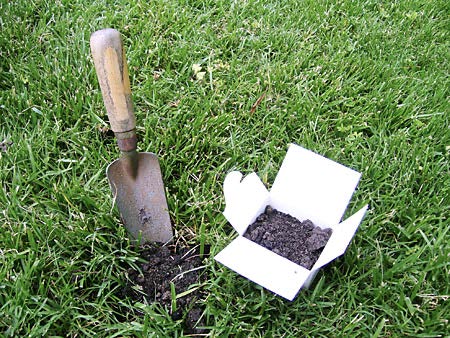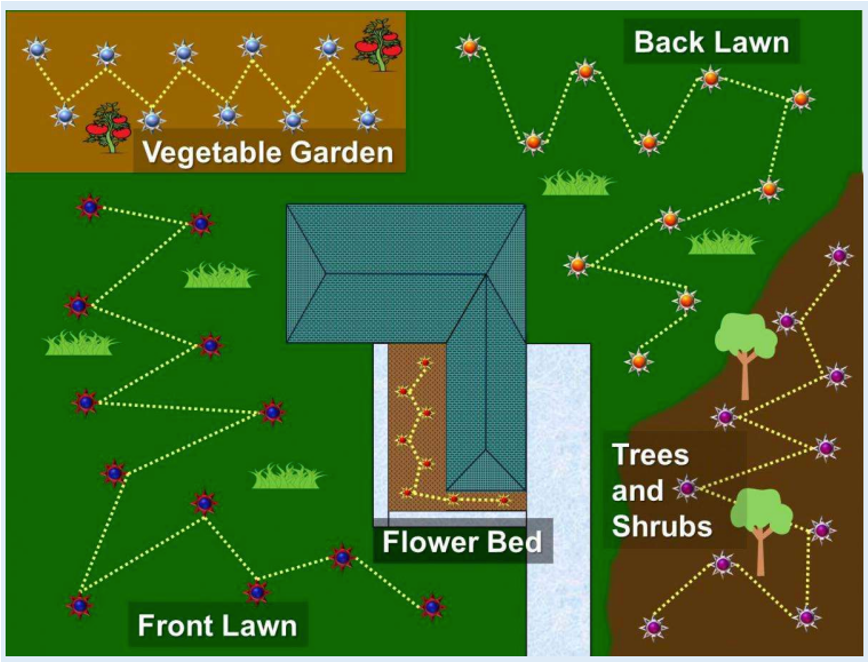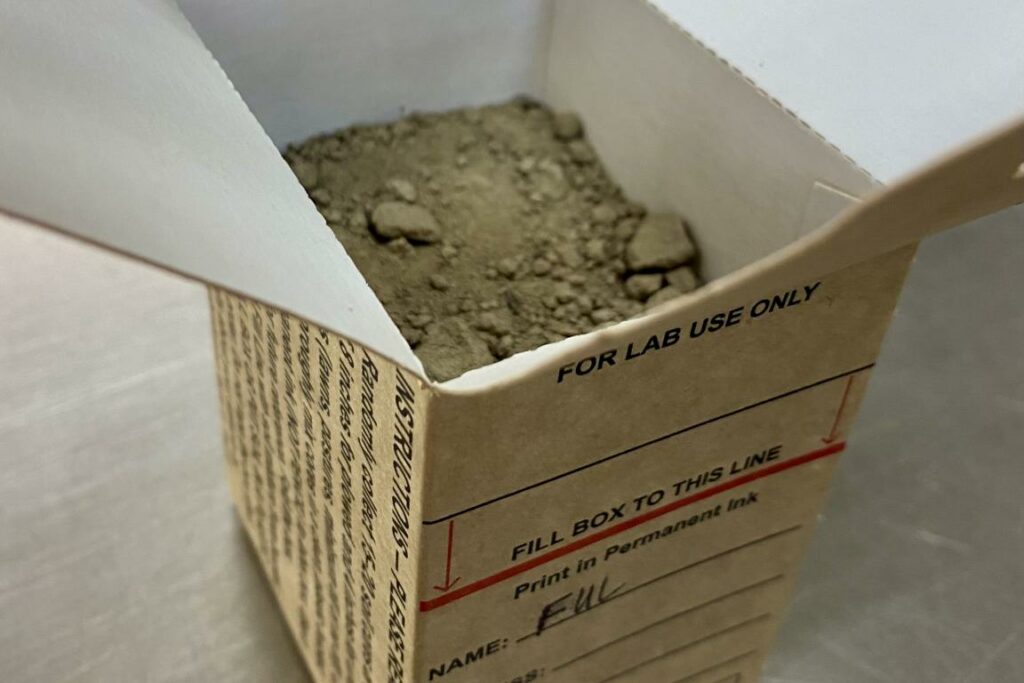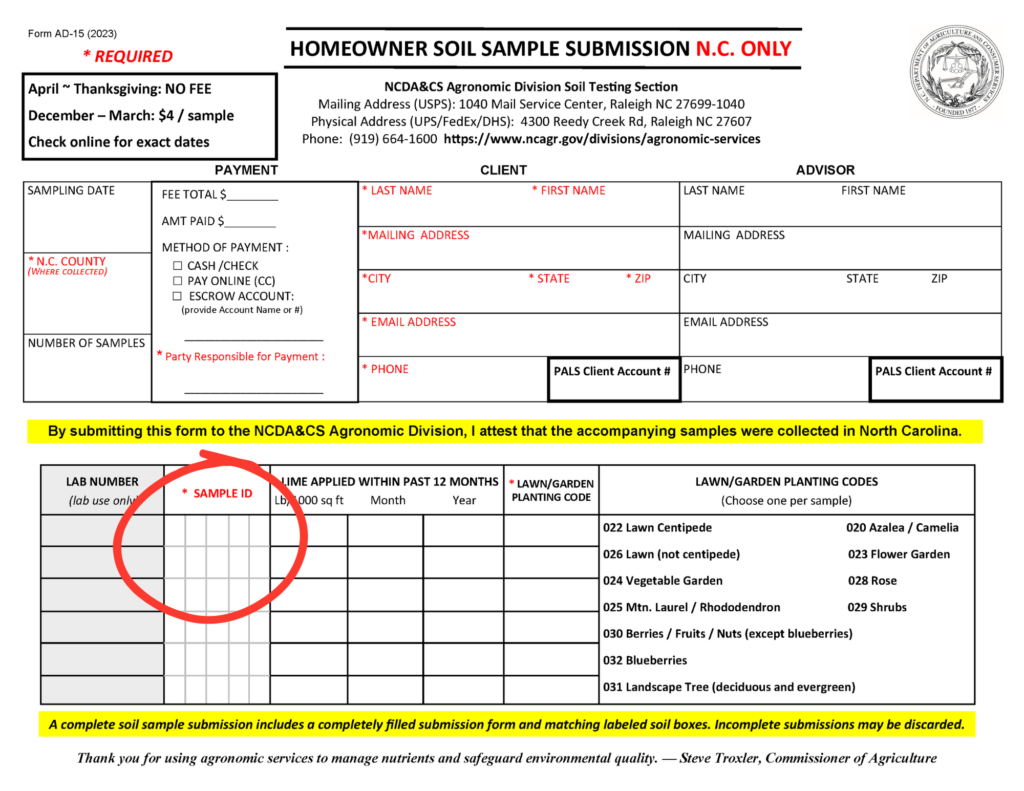Soil Testing for Lawns & Gardens in Johnston County
go.ncsu.edu/readext?1022124
en Español / em Português
El inglés es el idioma de control de esta página. En la medida en que haya algún conflicto entre la traducción al inglés y la traducción, el inglés prevalece.
Al hacer clic en el enlace de traducción se activa un servicio de traducción gratuito para convertir la página al español. Al igual que con cualquier traducción por Internet, la conversión no es sensible al contexto y puede que no traduzca el texto en su significado original. NC State Extension no garantiza la exactitud del texto traducido. Por favor, tenga en cuenta que algunas aplicaciones y/o servicios pueden no funcionar como se espera cuando se traducen.
Português
Inglês é o idioma de controle desta página. Na medida que haja algum conflito entre o texto original em Inglês e a tradução, o Inglês prevalece.
Ao clicar no link de tradução, um serviço gratuito de tradução será ativado para converter a página para o Português. Como em qualquer tradução pela internet, a conversão não é sensivel ao contexto e pode não ocorrer a tradução para o significado orginal. O serviço de Extensão da Carolina do Norte (NC State Extension) não garante a exatidão do texto traduzido. Por favor, observe que algumas funções ou serviços podem não funcionar como esperado após a tradução.
English
English is the controlling language of this page. To the extent there is any conflict between the English text and the translation, English controls.
Clicking on the translation link activates a free translation service to convert the page to Spanish. As with any Internet translation, the conversion is not context-sensitive and may not translate the text to its original meaning. NC State Extension does not guarantee the accuracy of the translated text. Please note that some applications and/or services may not function as expected when translated.
Collapse ▲Soil Testing for your home lawn & Garden
Why Should I test my soil?
Soil health is vital to the success of your lawn and garden. Soil testing checks soil fertility for nutrients (excluding nitrogen) essential in plant nutrition.
The amounts of available plant nutrients are converted to an index from which they can be assessed, and site-specific fertilizer recommendations are determined. Soil pH is also checked to determine liming needs. This test will not check for contaminants in the soil.
What a soil test can tell you:
- Nutrient levels your soil needs to support healthy growth – high or low
- Soil pH – 5.5 – 6.5 ideal range
- If Lime is needed and how much
A soil test can not tell you:
- Why your plant died – unless it is nutrient or salt related
- If Diseases are present in the soil
- If pesticides or chemical residues are in the soil
- Does not directly tell you how to amend your soil
- Does not analyze compaction or drainage issues
- Does not determine how much existing nitrogen is in the soil
When should I test my soil?
Are you planning on doing some planting? You should submit soil samples several weeks before you plan to plant. This will allow time for you to get your results back and make the necessary changes to your soil.
Soil samples can be submitted at anytime. Your results are usually ready within a few weeks and are emailed to you. A valid email address is needed for receiving your report. Winter and spring are the lab’s busiest seasons. Samples submitted during these times may take longer to process. You can see current processing times and use the Estimate turnaround time tool for more accurate processing times.
Samples submitted between April – A week prior to Thanksgiving are analyzed free of charge. A peak season fee of $4 per sample is charged for each sample submitted between Thanksgiving and April. North Carolina is one of the few states to offer soil testing at no direct cost to its residents most of the year because of funding derived from statewide fertilizer sales.
How do I take my soil sample ?
To take a soil sample, you need a clean, plastic bucket to put your sample in. You will also need a soil probe, shovel, spade or garden trowel to collect your sample.
Do not use brass, bronze or galvanized tools (including buckets) as they will contaminate samples.
Collect a slice or core of soil (4 inches deep for lawns, 6 to 8 inches deep for gardens) from 8 to 10 random locations across the lawn or garden. Mix these cores together in a plastic bucket. Fill a soil box with this mixture and label it in the sample ID field so you know which area it came from. This sample Id is so you can identify your sample. This sample ID is on both the soil sample form and soil sample box . Fill box up to the red line that you can see on the outside. If not, the sample will be insufficient to run through the lab.
Watch our How to Take a Soil Sample video.
For most distinct areas, one sample/area should be adequate. However, certain areas may need to be sampled and labeled separately if plants with different requirements are being grown. In such cases, label samples from each unique area differently: e.g., FRONT, BACK, SIDE, BLUEB (blueberry), etc.
When filling out the sample information form, specify the Lawn/Garden Planting Code number you plan to grow in order to get appropriate lime and fertilizer recommendations. Lawn/Garden planting code numbers are shown on the front, and How to collect your sample is on the back of the information form . Homeowner Soil Sample Submission Form
Requirements for submission:
- Samples must be collected from property located In North Carolina.
- Samples must be submitted in NCDA&CS soil sample boxes only. These can be picked up from your Johnston County Cooperative Extension Office or at the Agronomic Services loading dock.
- A sample ID chosen by the customer must be on BOTH the soil sample box and on the soil sample submission form.
- The soil sample submission form must contain all required information (mailing address, phone number and email address OR PALS ID) and must accompany the soil sample box(es).
- Failure to adhere to any one of these requirements may result in your sample(s) not being processed.
IMPORTANT: Soilless media, also known as potting soil or greenhouse media, or material that contains less than 50% native, mineral soil is NOT considered soil and should NOT be submitted to the soil testing lab. Please read more at Do you need a Soil Test or a Soilless Media Test? Please submit under Soilless Media Analysis
Where do I submit my soil samples?
When you have your samples ready to submit you can bring them to the Johnston County Ag Center located at 2736 NC 210 Hwy, Smithfield, NC 27577. You may also submit your samples directly to the NCDA&CS their address is located at the top of the soil submission form.











